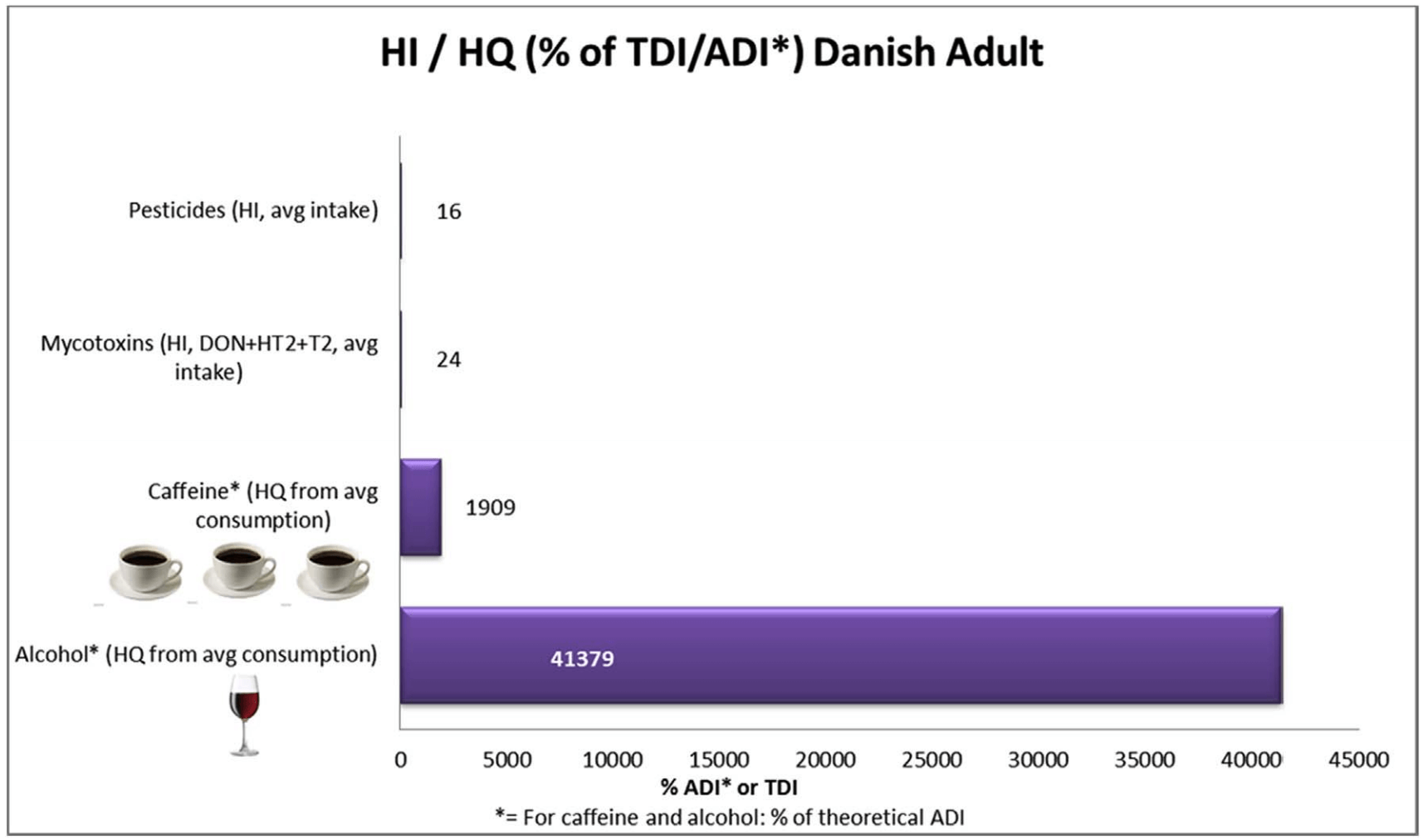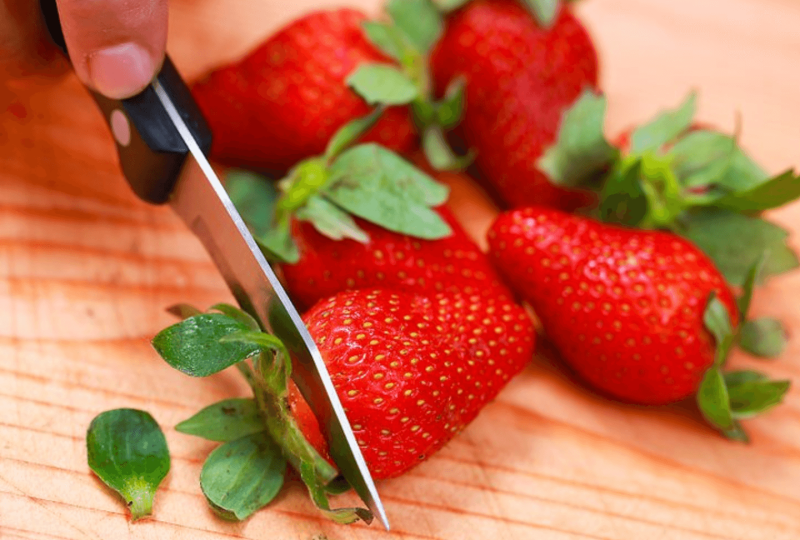Relatively few studies are available on realistic cumulative risk assessments for dietary pesticide exposure. Despite available studies showing low risk, public concern remains.
…
The present article proposes a new method to estimate average residue levels in imported foods based on residue monitoring data and knowledge about agronomic practices. The two methods were used in combination to estimate average pesticide residue levels in 47 commodities on the Danish market. The chronic consumer exposure was estimated in six Danish diets. The Hazard Index (HI) method was used to assess consumer risk.
Despite the conservative (cautious) risk assessment approach, low HI values were obtained. The HI was 16% for adults and 44% for children, combining the risk of all pesticides in the diet.
Conclusion: the present study adds support to the evidence showing that adverse health effects of chronic pesticide residue exposure in the Danish population are very unlikely. The HI for pesticides for a Danish adult was on level with that of alcohol for a person consuming the equivalent of 1 glass of wine every seventh year.

Read full, original post: Refined assessment and perspectives on the cumulative risk resulting from the dietary exposure to pesticide residues in the Danish population































